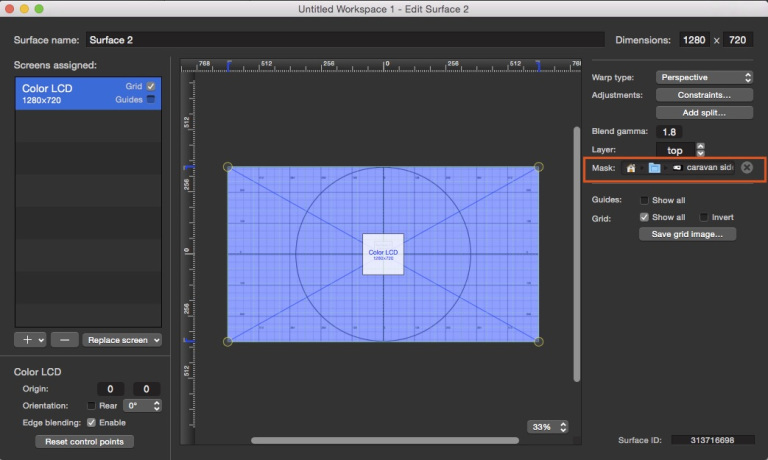
So under OSC TX IP Address, enter the IP address of the Qlab computer, and under OSC TX Port Number, enter 8000 (more on that later).ģ) On the Qlab computer, download an application called OSCRouter (written by Eos developer, Chris Mizerak) from the ETC Labs Git Hub page:
#QLAB PROJECTION HOW TO#
So how do we get them to talk to each other? Here's how to get it working:ġ) Make sure you're running Qlab 3 and Eos v2.3 or higher.ġa) Make sure that "UDP Strings & OSC" are enabled in the Eos shell settings (Exit to the shell, click "Setup", click "Network", scroll down to "Interface Protocols")Ģ) On Eos, navigate to Settings>Show Settings>Show Control, and configure your system so it matches these key settings:įor your Eos system to output OSC, String TX must be enabled, and you need to tell it what IP address you want it to send OSC commands to. Every time you take a cue on Eos, it will output a command that looks like "/eos/out/event/cue/1/2/fire", but Qlab is listening for a command that looks like "/cue/2/start". The only trick is, Eos and Qlab speak slightly different dialects of OSC. That means you can ditch the MIDI gear, and just connect your Qlab computer to your Eos lighting network. OSC is like MIDI Show control, except way more awesome, and it runs on modern networking protocols like TCP or UDP.

With the release of 2.3, it is now possible to trigger Qlab cues using a protocol called OSC. This data is old - please refer to this support article: Triggering QLab from Eos using OSC - Electronic Theatre Controls Inc


 0 kommentar(er)
0 kommentar(er)
